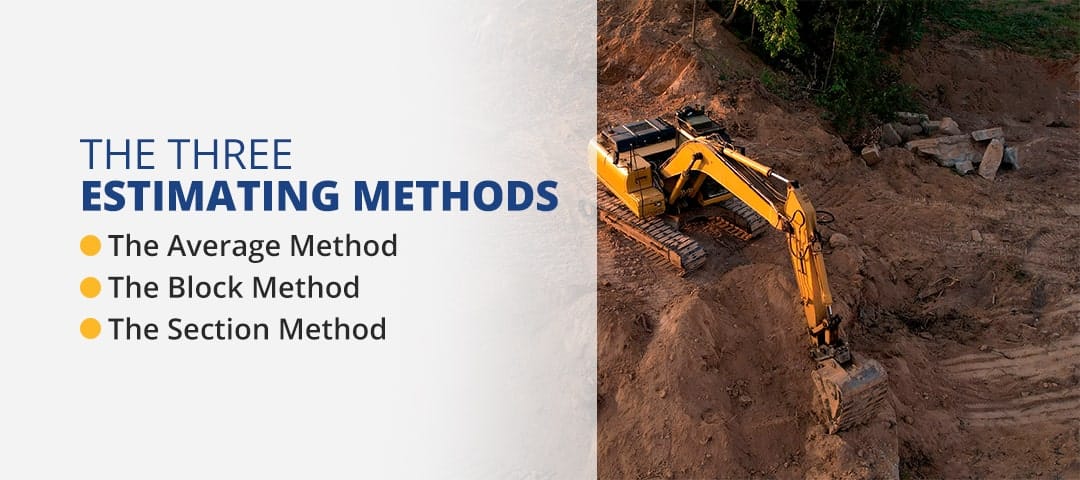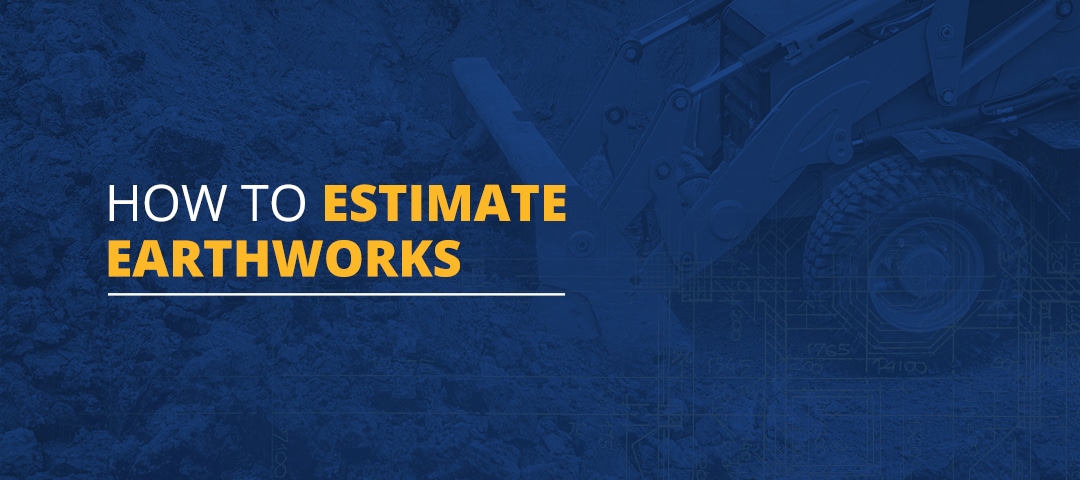Creating an exact earthwork estimate is an essential first step to many takeoffs. You want a bid that accurately reflects the cost of labor and materials so you can get the project fee you deserve and minimize financial risks. At Take-off Professionals, our experienced team of engineers creates precise earthwork estimates based on your designs.
This post will explain what earthwork estimates are and the three methods we can use to create them.
JUMP TO SECTION
Fundamentals of Earthworks: Excavation and Embankment
Earthwork is the engineering process of moving, removing or adding soil, rock or other materials to change a specific location’s topography. To create a 3D earthwork calculation, compare the location’s current topography with the contractor’s proposed design. The process of creating an accurate earthwork estimation consists of calculating how much material the contractor will need to add — or fill — and take away — or cut.
Cutting is removing material from the site, and filling refers to adding material. Both are crucial for creating the topography reflected in the contractor’s design. Engineers will calculate the cut and fill quantities to reach a mass balance and use that mass balance to provide an accurate earthwork estimate.
Elevate Your Project Efficiency with Accurate Earthwork Estimates
At TOPS, we deliver precise earthwork estimates and essential 3D data to drive your project forward. Our models aid in enhancing project efficiency and accuracy, regardless of project size, enabling successful completion.
Techniques for Earthwork Estimation
There are three main estimating methods that engineers can use when creating 3D data for earthwork in construction. These methods calculate the dirt and material quantities required while providing mass haul analysis for the construction site. However, some are more accurate than others.
Method One: The Average End-Area Method
We typically use the average method for smaller projects that require us to ascertain the levels at all grid points. Because this method is the simplest of the three, we can only use it when a project requires either filling or cutting. The average method provides inaccurate estimates if you use it for projects that use both cutting and filling.
Method Two: The Grid-Cell or Block Method
Our team uses the block method — also called the division of square method — to determine volume for medium-sized projects that require leveling. The block method is more straightforward than the section method and more accurate than the average method. You can expect some margin of error when using the block method on projects involving both filling and cutting, but much less than the average method.
Method Three: The Cross-Section Method
The section method is the most complex and precise way to calculate an earthwork estimate. We use this technique when working on large-scale projects, such as dams, railway systems and roads. Although the section method requires many steps and more complicated calculations, it’s the best method to ensure a precise estimate that will save you money.

Precision Earthwork Estimates with Take-Off Professionals
Our team of full-time engineers is on hand to provide you with precise earthwork estimates and essential 3D data. Contact us to learn more about our products or request a quote for our earthwork services.

